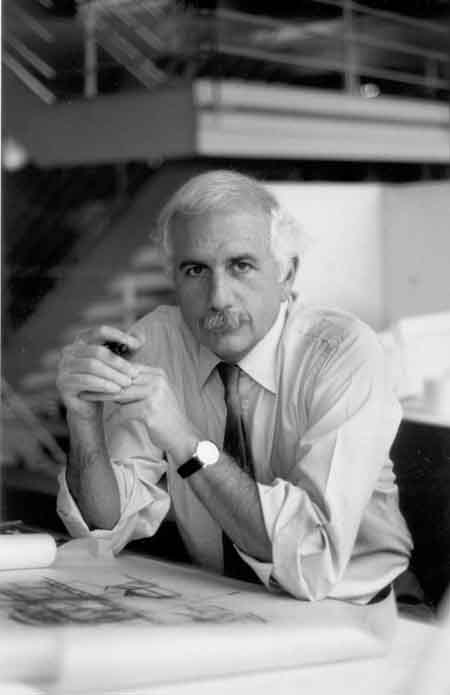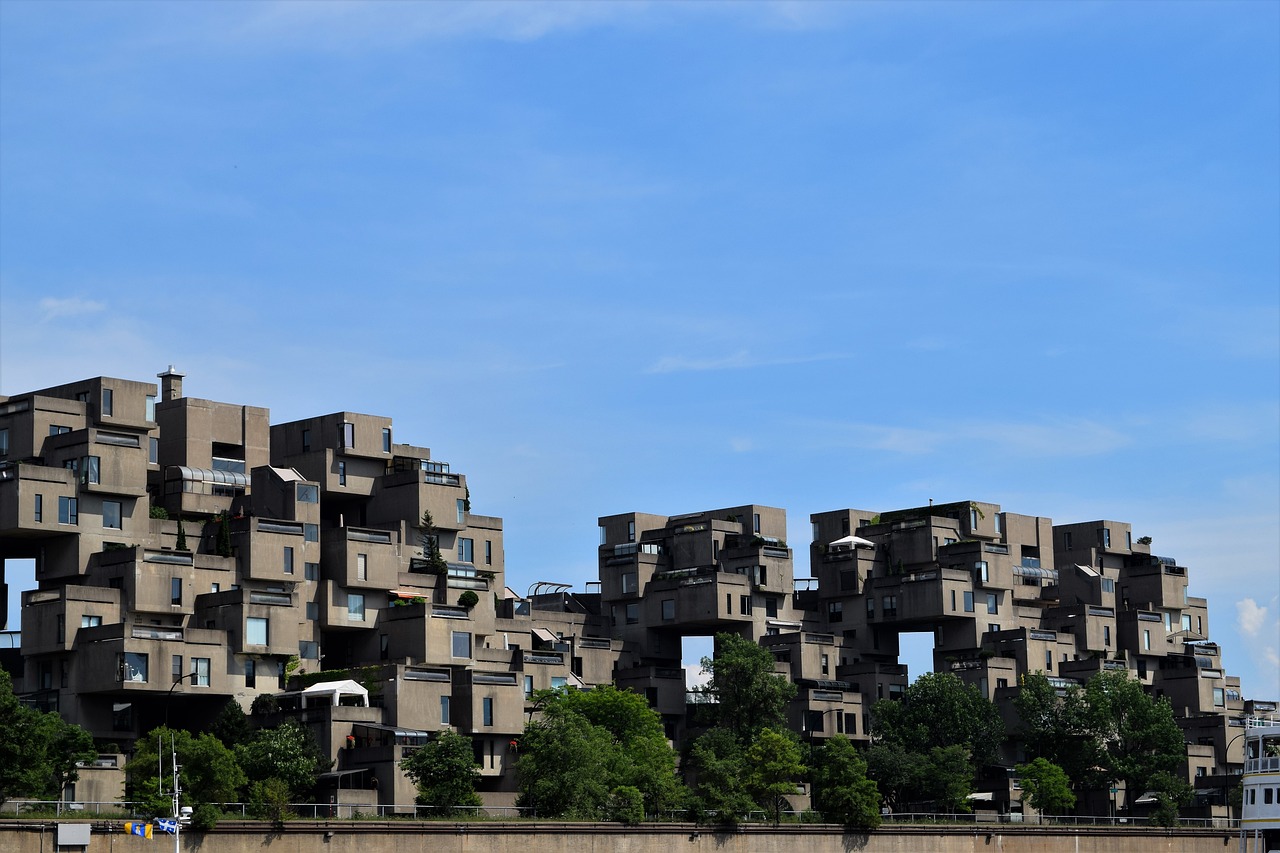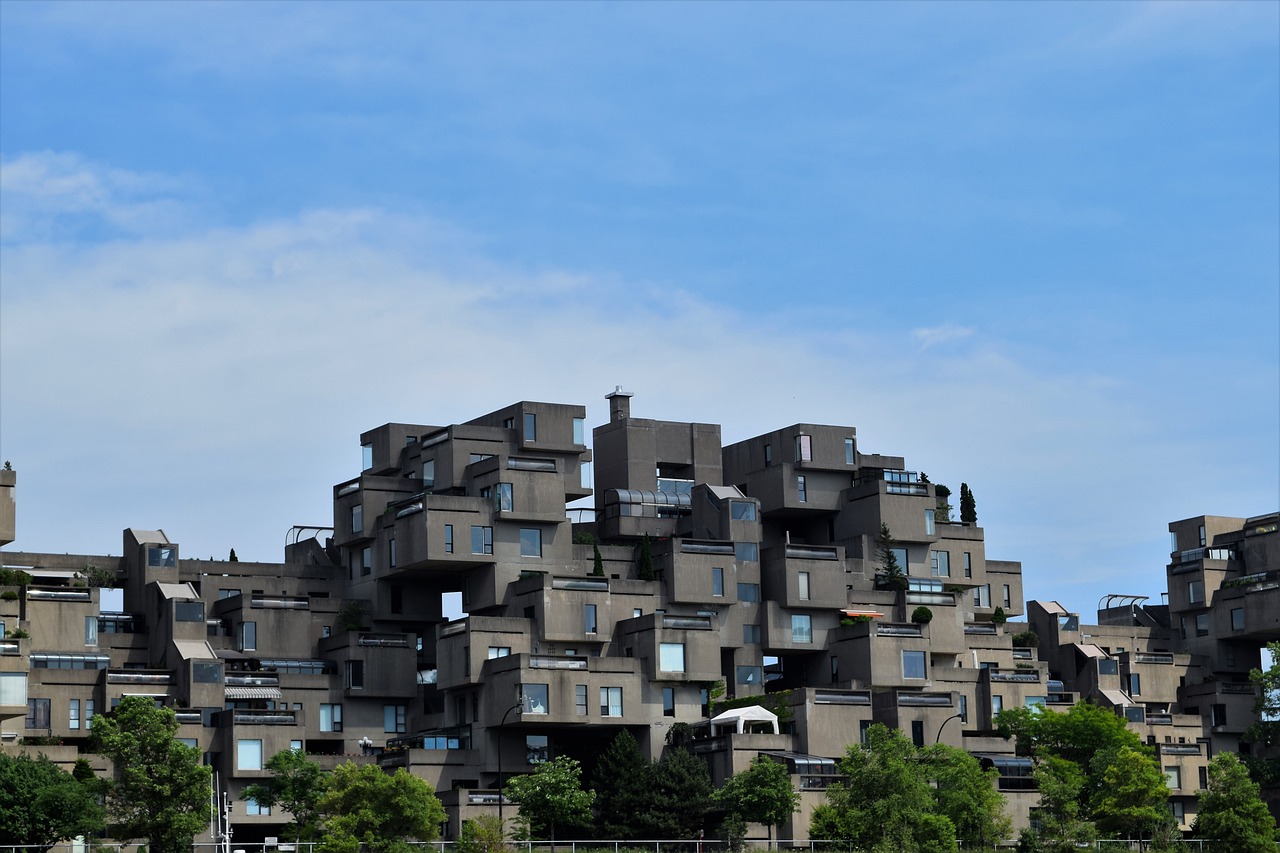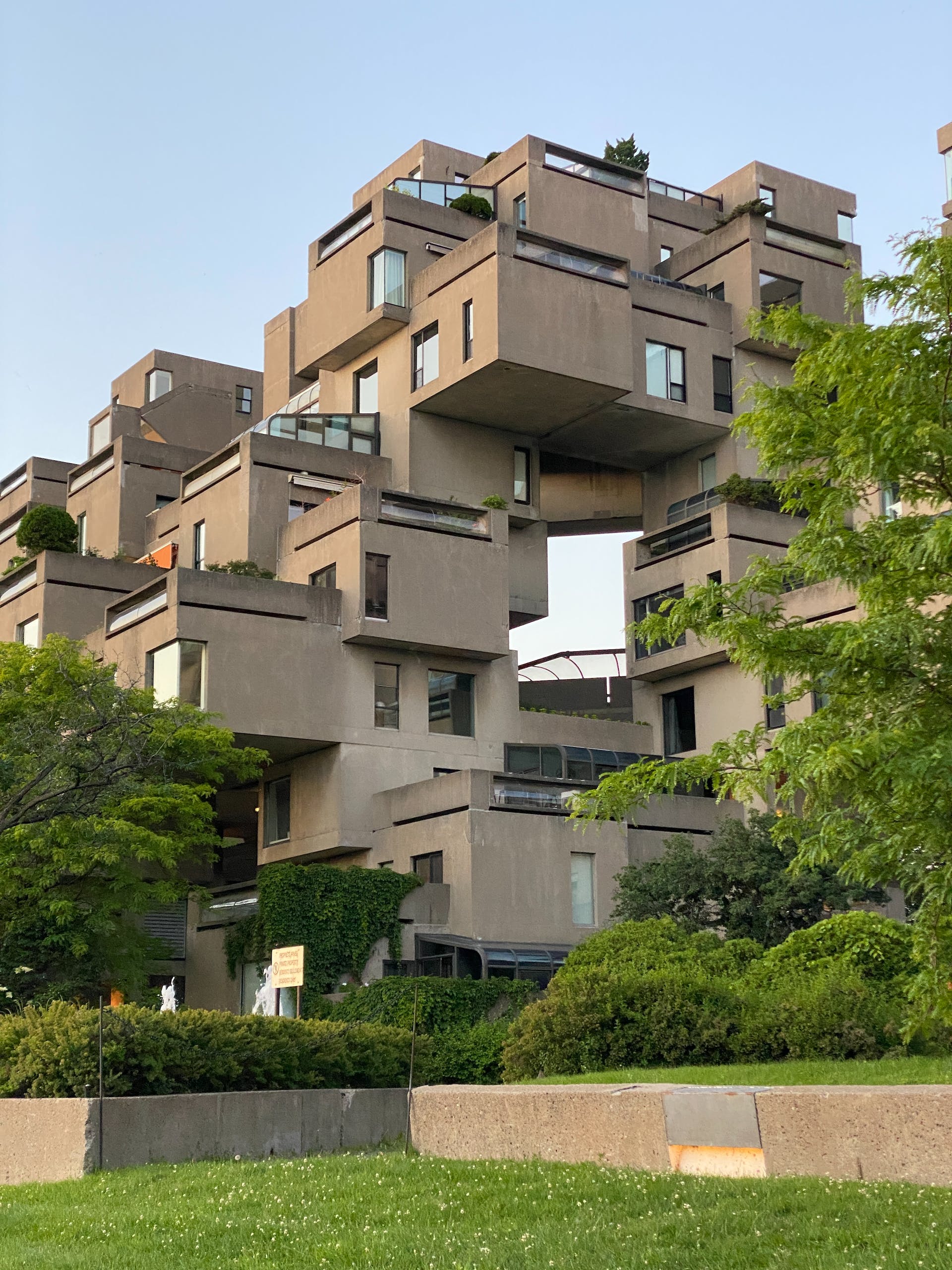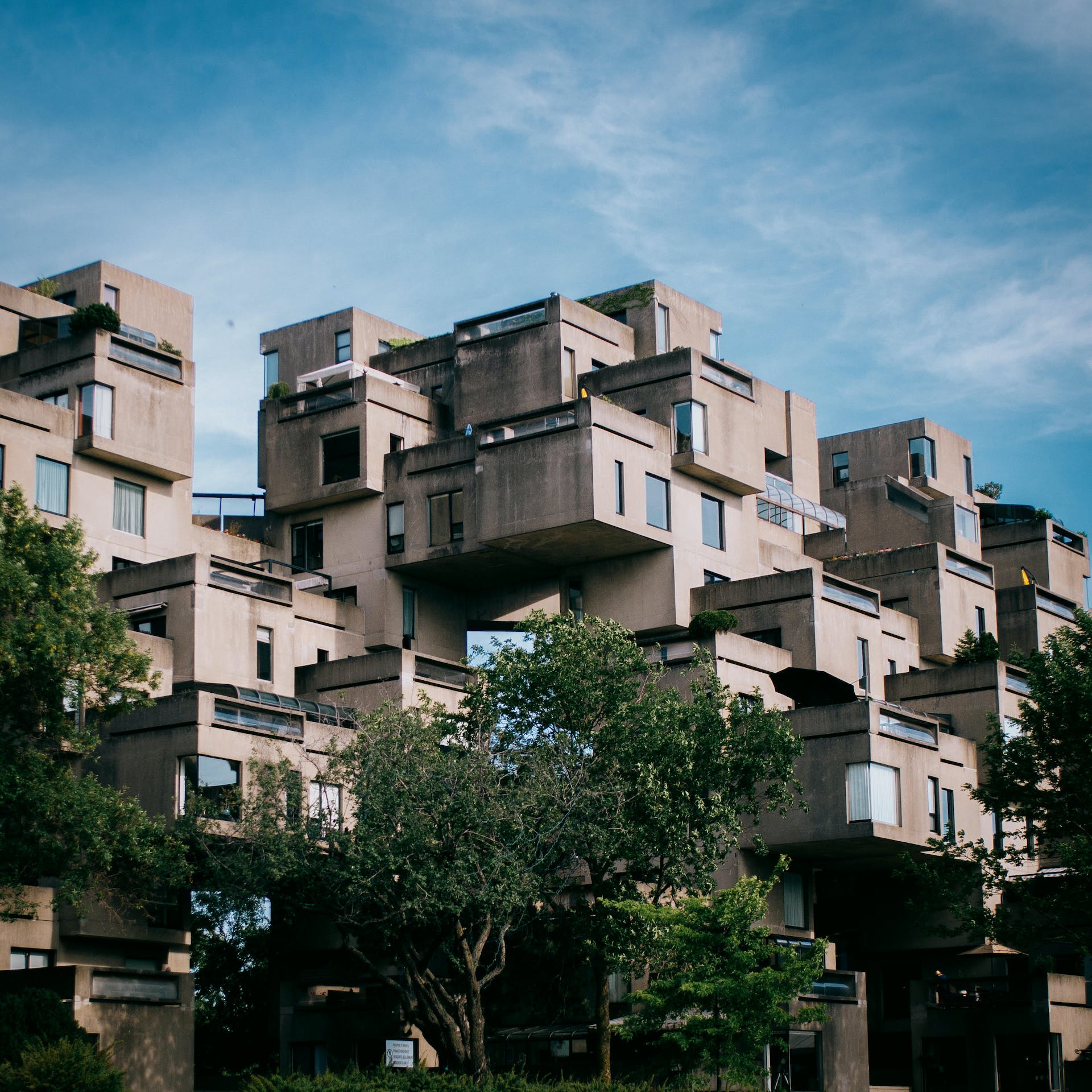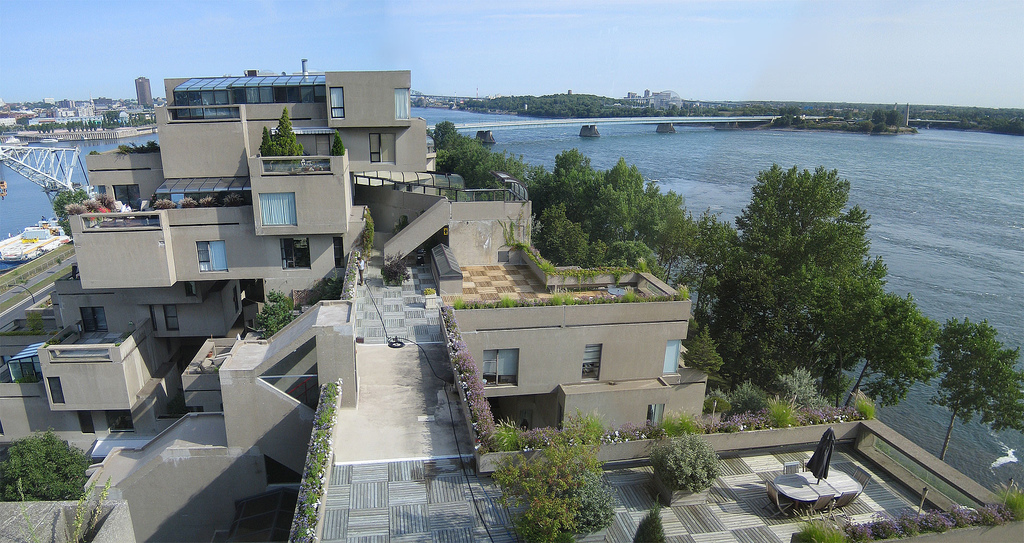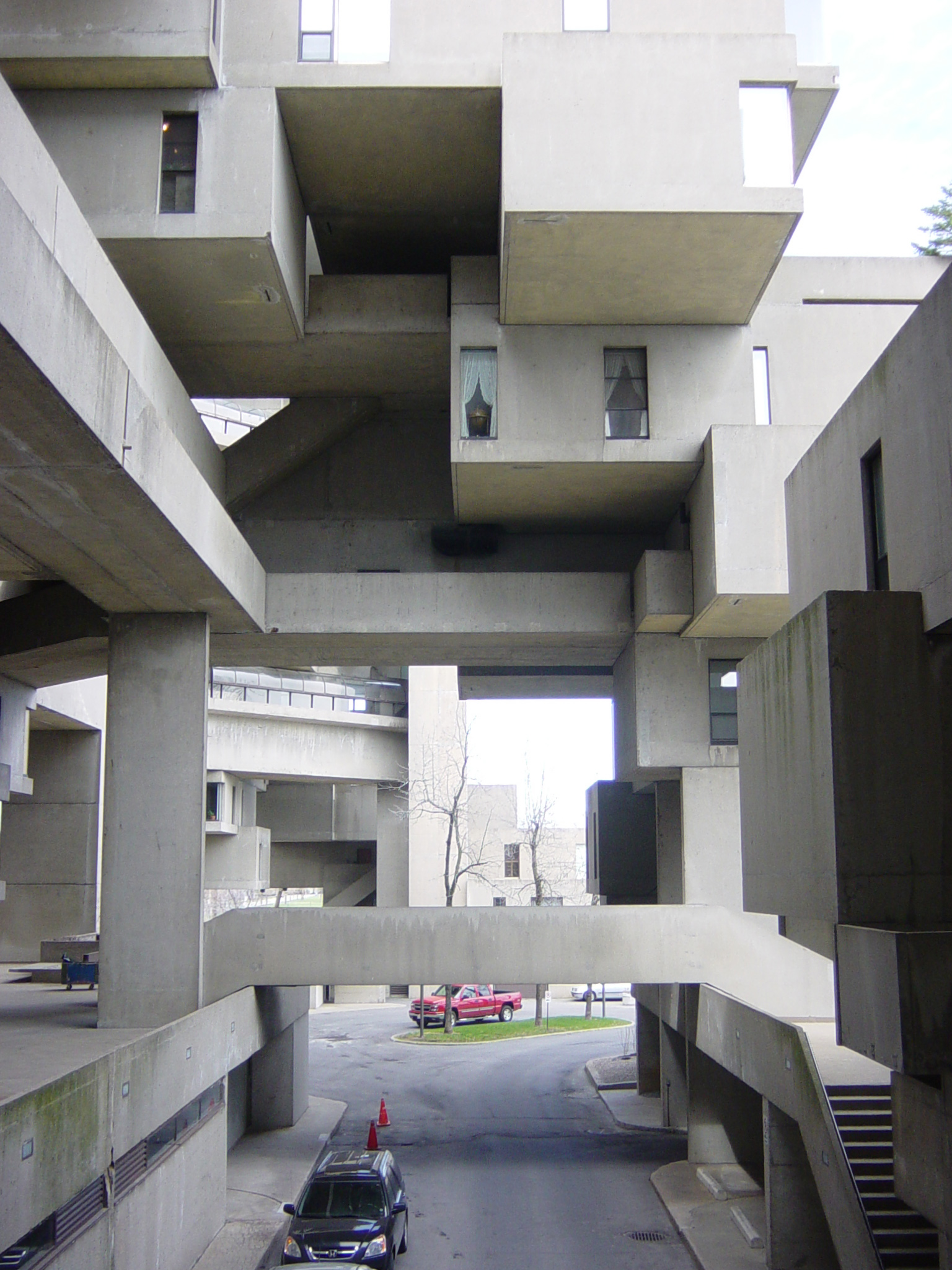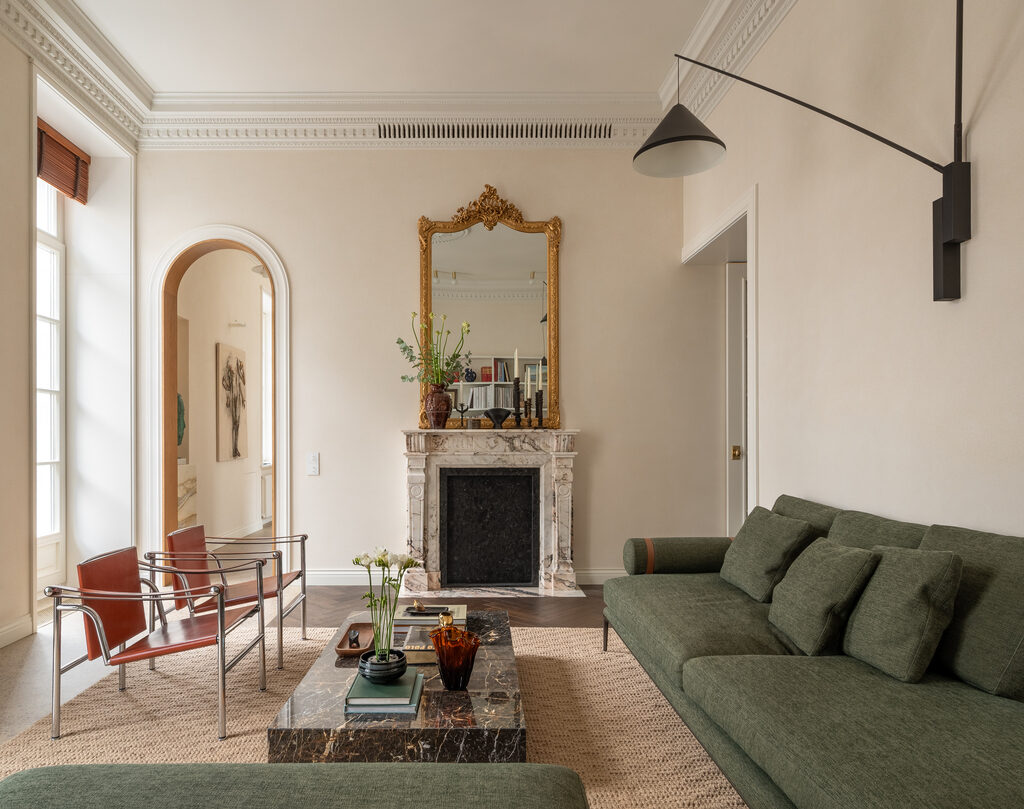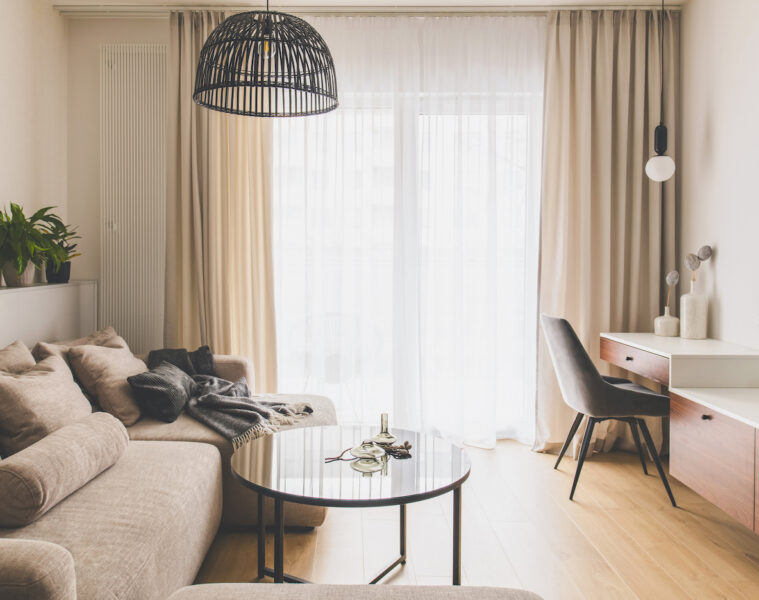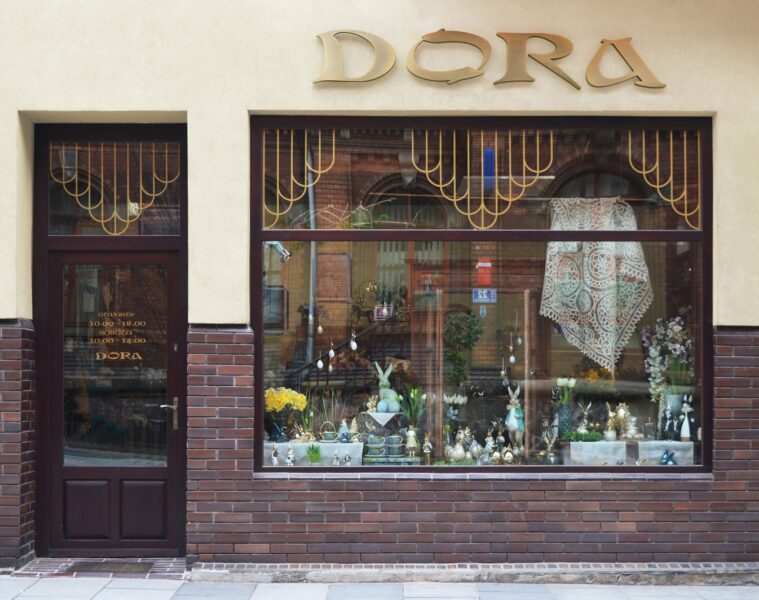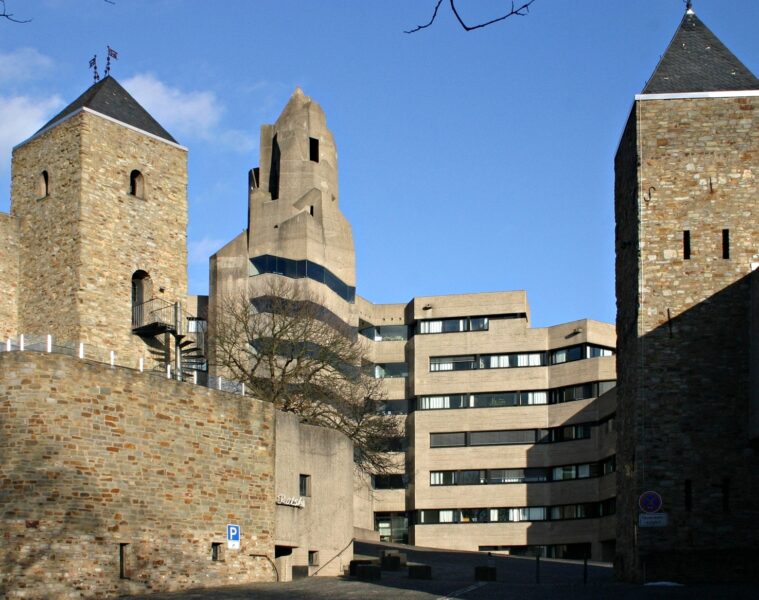Today, it has landmark status. Habitat 67 is an experimental housing estate built in Montreal, Canada, whose style is reminiscent of Brutalist architecture. The residential building was constructed from modules, seeing this as a way to build housing quickly. The building’s original form and unique construction have earned it landmark status today.
The history of Habitat 67’s construction is linked to the 1967 EXPO World Exposition held in Canada. The then budding architect Moshe Safdie decided to realise his project, which he was still working on during his studies. The architect had a strong interest in modernism and gained his first experience in the industry while working at the studio of Louis I. Kahn in Philadelphia. The result of his bold visions is the Habitat 67 housing project.
The housing complex was built as one of the themed pavilions. The slogan of the 1967 EXPO world exhibition was “Man and his world”. As part of this slogan, Habitat 67 was an exemplary housing complex that was designed to meet all human needs. Visitors from all over the world visited the building, and invited officials stayed overnight in some of the modules.
When working on the design of the building, Moshe Safdie was inspired by the architecture of old towns from the Middle East, Japan and Italy. The entire complex was set on a plot of land near the St Lawrence River, in the Cité du Havre district of Montreal. It is interesting to note that the architect first built his mock-up using… Lego bricks. No surprise there. The brutalist housing estate is made up of 354 modules that are identical in size, so it was easy to create a solid block.
The prefabricated modules are built from concrete. Stacked one on top of the other, they have a total of 12 storeys. Habitat 67 was originally intended to offer 1,200 flats, but financial constraints meant that only 158 flats were built, ranging in size from 56 to 167 square metres. Larger square metres were obtained by combining some modules into larger flats. Today, there are 146 residential units, with the largest ones built from eight modules.

The design of the building was for each tenant to have access to a private garden. This was achieved by building terraces on the roofs of neighbouring ‘cubes’. The smallest terraces are 21 square metres and the largest are as large as 93 square metres. Although the building looks like a pile of cubes stacked on top of each other, they are actually all interconnected. Corridors run the entire length of the building and are located on floors: 2, 5, 6 and 10. There are also six lifts in the building.
In 2009, Habitat 67 was declared a heritage site by the Quebec Ministry of Culture.
For fans of Habitat 67’s unusual design, we recommend an article about the Bank of Georgia’s headquarters in Tbilisi, which we published HERE.
source: The Canadian Encyclopedia
Also read: Brutalism| Modernism| Concrete| Block| Estate| Canada| whiteMAD on Instagram


